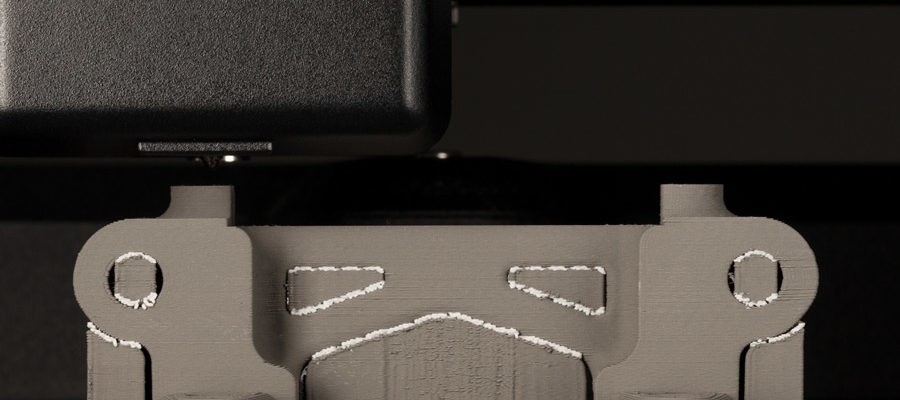From nylon to living tissue, there is a wide range of materials that can be used by one form of 3D printing technology or another. Of course, the best material for your application depends on a number of factors, including design and performance specifications.
But if you’re wondering which material that’s available for additive manufacturing gives you the most options for finished output, it’s difficult to compete with metal.
Metal 3D printers can make complex metal parts that no other machine or manufacturing process is capable of doing, or at least do so in a way that isn’t cost and/or time-prohibitive.
Still, as versatile as the possibilities offered by metal 3D printing methods are, 3D metal printing isn’t without its drawbacks. Fortunately, as with everything else to do with additive manufacturing, newer additive manufacturing methods continue to emerge and improve on more traditional methods.
Bound Metal Deposition vs Single Pass Jetting
Two metal additive manufacturing technologies that offer significant advantages over other methods are bound to metal deposition (BMD) and single-pass jetting (SPJ). Let’s take a closer look at both technologies.
Bound Metal Deposition
Created by Desktop Metal specifically for their Studio System, BMD heats and extrudes bound metal rods to shape the metal part layer by layer. It offers a number of advantages over other 3D printing technologies.
- 10% of the cost of other comparable laser-based metal 3D printing technologies
- With no hazardous lasers or powder needed, you can safely use BMD in your office.
- All you need is your BMD printer, power and an internet connection
- Quickly and easily remove supports by hand
- Print using a wide range of alloys with the use of MIM optimized powders of existing materials
- By using metal rods instead of spool filaments, you can obtain parts with higher density
How the BDM 3D printing process works
- Preparation – Secure, web-based software automatically creates build plans from STL and CAD files, including automatically generating support and control parameters, based on the part’s geometric profile and the material used.
- Print – A green part is shaped by the extrusion bound metal rods, which are metal powder bound by wax and polymer binders, layer by layer until the part incomplete
- Debinding – The finished green part is immersed in debinding fluid, which dissolves the binder. The result is an open-pore channel structure throughout the part.
- Sintering – By heating the part to near-melting temperatures, any remaining binder is removed and the remaining metal particle fuse, causing the part to densify up to 99.8%.
All 4 steps of the BDM process are orchestrated by DM’s proprietary software, Fabricate.
Single Pass Jetting
SJP is another metal additive process created by Desktop Metal, this time for their Production System, which is at its core a binder jetting system. SJP is designed to be the fastest way to additively manufacture metal parts.
Binder jet systems all follow similar steps to create a 3D-printed part. While there are variations between systems, those steps generally include the following.
- Fresh metal powder is deposited onto the print bed.
- The powder is uniformly spread across the bed and slightly compacted
- A binding agent is applied by a print bar, jetting millions of binding droplets per second, then, anti-sintering agents are deposited, making it possible for supports to fall off after the sintering process, leading to reducing post-processing times and costs.
- The layer is dried
Each step is repeated in sequence for each new layer of powder until the part is finished. The SPJ technology allows for all necessary steps to be included in a single pass, making it possible to print parts in minutes instead of hours.
Desktop Metal’s Production System is powered by SPJ, and it features bidirectional printing, meaning, all the steps of the print process such as powder deposition, spreading, compacting, ballistic suppression, and binder jet printing, are completed with each pass over the build area so that there’s no wasted motion.
You can now adopt metal 3D printing for mass production of end-use parts due to Single Pass Jetting technology’s benefits: bidirectional printing, speed, part quality, repeatability through anti-ballistic technology and profitability.
To learn more about another 3D printing technology, check out our article “Additive Manufacturing Technology Spotlight – Powder Bed Fusion”.
